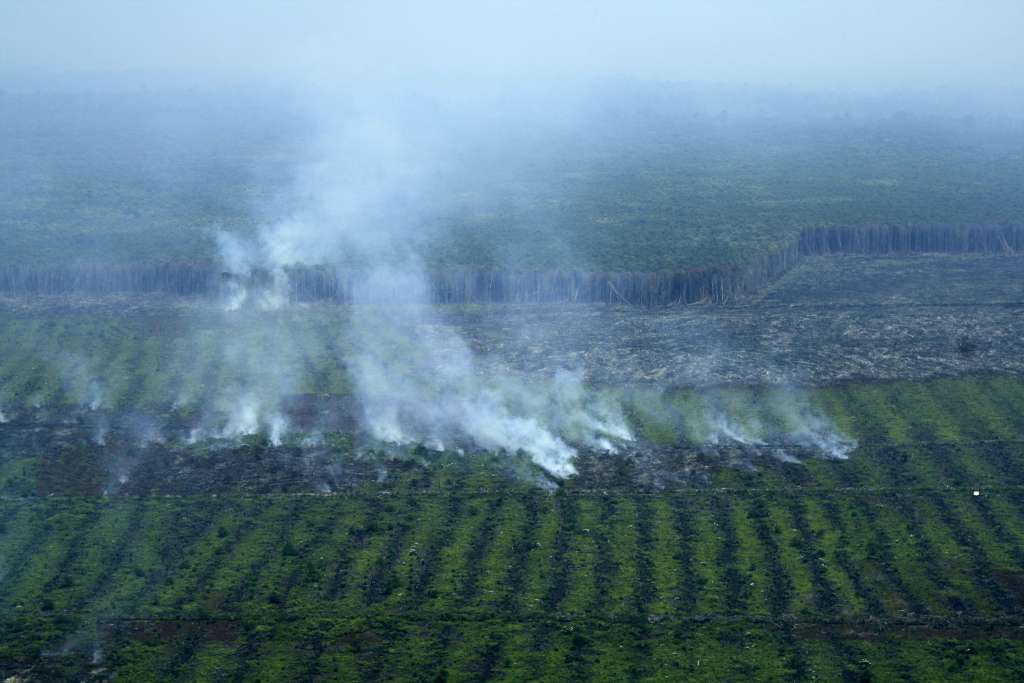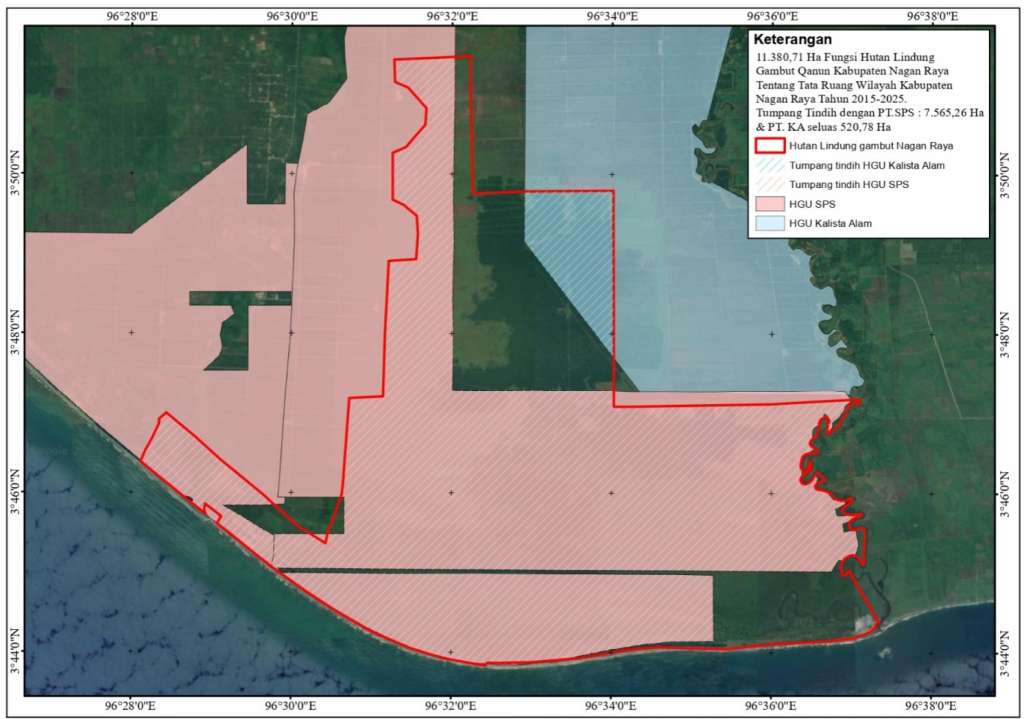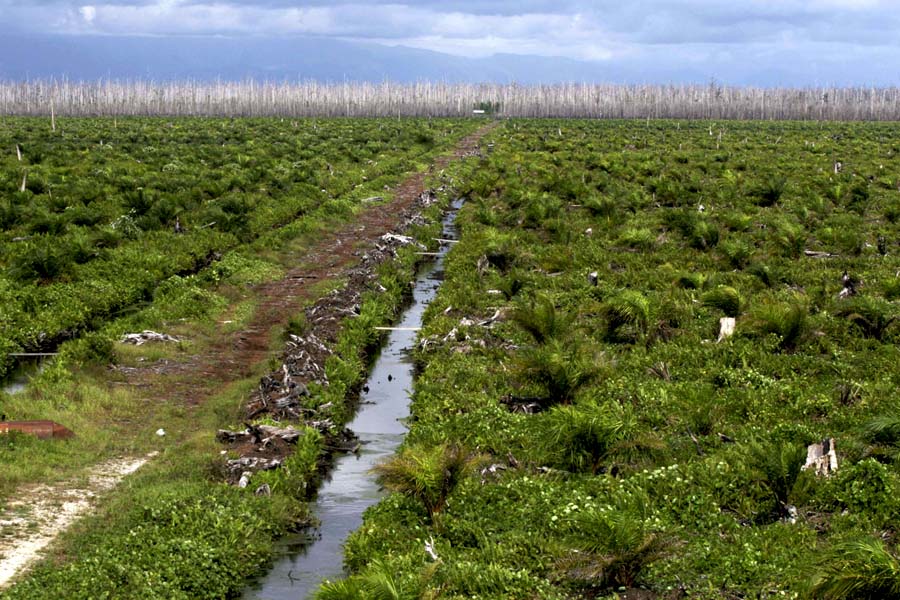
Indonesia has actively shown its commitment to global biodiversity conservation through participation in various international agreements. One of these commitments is the ratification of the Convention on Biological Diversity (CBD), which binds Indonesia to protect biodiversity from exploitation and destruction. Furthermore, Indonesia has developed the Indonesian Biodiversity Strategy and Action Plan 2025-2045 (IBSAP) as a national guide to implement CBD’s goals. IBSAP includes strategies and real actions to protect ecosystems, conserve species, and use natural resources sustainably.
Indonesia’s active participation in international biodiversity conservation agendas highlights its important role in global efforts to preserve life on Earth. However, this commitment must be balanced with consistent implementation at the national level to achieve biodiversity conservation goals optimally. This commitment positions Indonesia as a key player in global efforts to protect biodiversity and preserve natural resources.
However, the irony behind these commitments is that there are major challenges in implementing conservation efforts in Indonesia. The reality on the ground shows severe conflicts of interest. The forest area regime is seen as incapable of stopping the damage to natural resources and biodiversity in Indonesia. According to Forest Watch Indonesia (FWI) (2024), 90% of natural resource damage in the form of forest destruction occurs outside conservation areas, such as Protected Forest Areas, Limited Production Forest Areas, Permanent Production Forest Areas, Converted Production Forest Areas, and Other Use Areas. This indicates that the threat of biodiversity loss is very apparent outside formally conserved areas.
Data from the Ministry of Environment and Forestry shows that 6.91 million hectares of state forest land have been released, with 78.39% of this used for oil palm plantations, including for bioenergy. FWI (2024) recorded that 5.5 million hectares have already been converted to oil palm plantations. The pressure on biodiversity conservation becomes increasingly difficult with the high demand for natural resources in the forestry sector, particularly from oil palm plantations. The complexity of the Business Use Rights (HGU) regime is seen as a major threat to achieving biodiversity conservation goals in Indonesia.
Data of FWI (2024) shows that across Indonesia, biodiversity hotspots are found within HGU areas. A total of 19.16% of HGU areas (analysis not including Papua) are significant for essential ecosystems (KEE). The regions analyzed include Java, Bali, Nusa Tenggara, Maluku, Sumatra, Sulawesi, and Borneo. KEE, which includes important ecosystems like mangroves, peatlands, and karsts, are home to rare species and areas of high conservation value (ABKT), which also includes wildlife corridors and biodiversity parks to protect flora and fauna, which also represent conservation efforts outside formal conservation areas.
This overlap leads to the exploitation of natural resources by the HGU regime. Large plantation operations, such as palm oil, can threaten these ecosystems. This shows that land governance still faces serious challenges between business interests and nature conservation.
The management of Business Use Rights (HGU) has shown poor performance. There is a lack of transparency and intentional disobedience by the Minister of ATR/BPN to the law. Disputes over HGU information involving civil society showcase the Ministry’s reluctance to comply with decisions from the Public Information Commission, the State Administrative Court, and even the Supreme Court to disclose HGU documents. This situation fuels prolonged agrarian conflicts and restricts the rights and access of local communities and indigenous peoples to land information. Therefore, the HGU regime operates without participation, lacking the PADIATAPA principles, and without proper accountability. This is a picture of poor governance within the HGU regime in Indonesia, which can lead to abuse of power and corruption in natural resource management.
Rawa Tripa, A Biodiversity Hotspot Threatened Under the HGU Regime
This portrait is happening in Aceh’s Rawa Tripa Ecosystem, located in Nagan Raya and Southwest Aceh Districts. Recently, the conservation of Rawa Tripa as a biodiversity hotspot has been threatened by the presence of two palm oil plantation companies, PT Kallista Alam and PT Surya Panen Subur II. Both companies have damaged Rawa Tripa by setting fire to the area for oil palm cultivation, impacting the survival of wildlife, especially the Sumatran orangutans and Sumatran tigers. These companies have also damaged the peat swamp, a carbon sink, releasing stored carbon into the atmosphere.
The destruction of the peat ecosystem in Rawa Tripa has reached a critical point, with the loss of 608.81 hectares of forest cover due to land conversion and illegal encroachment. This situation threatens the habitat of endangered species like the Sumatran orangutans and Sumatran tigers. Without swift action from the government and law enforcement, the ecosystem’s sustainability will continue to be at risk, accelerating the ecological crisis and impacting both biodiversity and the well-being of surrounding communities.
In addition to being a critical habitat for protected species, Rawa Tripa with its peatland ecosystem, also plays a vital role in regulating local and global climate. According to Agus and Wahdini (2008), the total carbon reserves in Rawa Tripa amount to 50–100 million tons, both above the surface (forests) and below the surface. As such, Rawa Tripa holds the largest carbon reserve in Aceh, yet it has not been designated as a protected area. As is well known, despite its importance, Rawa Tripa is still classified as an “Other Use Area” (APL).
Moreover, Rawa Tripa as an area with peatland swamp, also has the function as a natural water regulator and flood prevention system. According to Murdiyarso et al. (2004), peatlands can store 0.8–0.9 m³ of water per m³, if undisturbed. Thus, protecting the Rawa Tripa ecosystem is crucial to supply water to the local population and prevent flooding. In addition to mitigating flood disasters, Rawa Tripa historically served as a sturdy buffer zone during the tsunami disaster that struck Aceh in December 2004.

Rawa Tripa as Part of the Leuser Ecosystem
The Leuser Ecosystem (KEL) is one of the most important ecosystems in the world. With an area of 2.6 million hectares, KEL is home to 105 mammal species, 382 bird species, and 95 reptile and amphibian species. KEL also provides the last refuge of adequate size and quality to preserve and protect the populations of rare species, and is the only place in the world where four key species—Sumatran tiger, Sumatran orangutan, Sumatran rhino, and Sumatran elephant—coexist in the wild.
One area within KEL that is vital for key species, particularly the Sumatran orangutan and Sumatran tiger, is Rawa Tripa. Rawa Tripa is an area with one of the three peat swamps in Aceh, alongside peat swamps in Kluet and Singkil. Out of the approximately 6,600 Sumatran orangutans remaining in the world, about 4% (280 individuals) live in Rawa Tripa (Wich et al., 2008). The total population of Sumatran tigers in Rawa Tripa is not yet precisely known. The Great Apes Survival Partnership (GRASP), a program jointly run by UNEP and UNESCO implemented by the Indonesian government, has designated Rawa Tripa as one of the priority areas for protected wildlife conservation, especially orangutan.
Civil Society Calls for Legal Enforcement
It is crucial to halt deforestation in Rawa Tripa, regardless of its legal status which is still on process. The ongoing UN climate and biodiversity conference has highlighted the drastically escalating climate crisis and biodiversity loss. Indonesia must send a strong signal by halting all activities in this peat swamp, as Rawa Tripa is one of the most important ecosystems. Legal enforcement in the forestry, environmental, and plantation sectors must become more serious.
Because of that, in the effort to protect the environment, in 2012, the Ministry of Environment (KLH) filed a lawsuit against both palm oil companies for clearing land by burning, which caused damage to the Rawa Tripa ecosystem. PT Kallista Alam and PT Surya Panen Subur II were found guilty by the Supreme Court in 2017 (No. 1 PK/Pdt/2017) and 2018 (No. 690 PK/Pdt/2018) and were ordered to compensate for the state’s losses.

Although the companies have been found guilty and ordered to provide compensation and restore the damaged Rawa Tripa ecosystem, no action has been taken to enforce the ruling until now. In fact, PT Surya Panen Subur and PT Kallista Alam is still continue to operate normally.
Enforcing the law in forestry, plantation, and environmental sectors must become a top priority to preserve biodiversity and save the nation from further loss. PT KA and PT SPS must comply with the law and be held accountable for the destruction and economic loss they have caused.
Therefore, the Save Rawa Tripa Coalition, Habitat for Orangutans, declares the following stance:
- Quick Wins by Nusron Wahid, Minister of ATR/BPN: Revoke the HGU of PT Kallista Alam (520.78 Ha) and PT Surya Panen Subur (7,565.26 Ha). Protect the Peatlands, Save Biodiversity.
- We urge the Acting Governor of Aceh, Dr. H. Safrizal ZA, M. Si, and the Acting Regent of Nagan Raya, Dr. H. Iskandar, AP. S.Sos, M.Si, to immediately increase the protection status of Rawa Tripa to save its biodiversity.
- We urge the Suka Makmue District Court to immediately execute the decision against PT. Kallista Alam in Case Number: 12/Pdt.G/2012/PN/Mbo, in conjunction with Case Number: 50/PDT/2014/PT.BNA, Case Number: 651 K/Pdt/2015, and Case Number: 1 PK/Pdt/2017, related to the seizure of the land-use rights certificate No. 27 covering 5,769 hectares, and the environmental restoration of approximately 1,000 hectares of burned land with an estimated cost of IDR 251.765.250.000. The court should also impose a fine of IDR 5.000.000 on the defendant.
- We also urge the Suka Makmue District Court to immediately execute the decision against PT. Surya Panen Subur II in Case Number: 700/Pdt.G/2013/PN.Jkt.Sel, in conjunction with Case Number: 796/PDT/2014/PT DKI, Case Number: 2905 K/Pdt/2015, and Case Number: 690 PK/Pdt/2018, regarding the payment of material compensation to the state treasury amounting to IDR 136.864.142.800 and the environmental restoration of approximately 1.200 hectares of burned land at a cost of IDR 302.154.300.000, so the land can be restored to its productive function.
Signed by the Coalition to Save Rawa Tripa, Habitat of Orangutans:
- Save the Rainforest
- Forest Watch Indonesia (FWI)
- Apel Green Aceh
- Independent Forest Monitoring Fund (IFM Fund)
- Auriga
- IWGFF
- Sawit Watch
- Sajogyo Institute
- Indonesian Student Alliance (BEM SI)
- Women’s Coalition for Environmental Protection (KORJUANG)
- Aceh Wetland Foundation
- UTU Student Government
- LembAHtari
- Permasta
****



